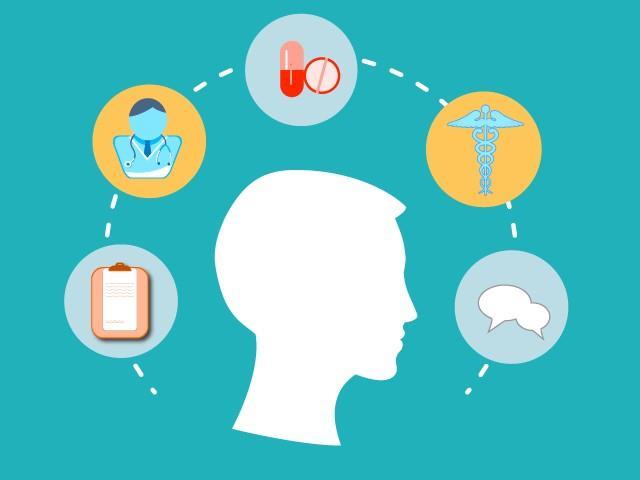Social Media and its Impact on Health Literacy and Health Care Access Frank Zahariadis With the increase in social media accounts and increased hours using social media, it is evident that it can be utilized in professional matters such as health literacy and health access. Aggregated social media use, meaning information from multiple social media sources, is unifying them into one presentation. For example, an individual can be an aggregated social media user by drawing knowledge from Twitter, Instagram, and Tiktok to explain preventative measures against COVID-19 during the pandemic. It is crucial to understand how significant social media is currently and its potential to benefit health care professionals and patients worldwide.
Successes of Social Media in Health Literacy: Social media use correlates to increased eHealth literacy and knowledge of diseases and other global or local health concerns in multiple studies. During the current pandemic, countries with solid mobile or digital communication like China have utilized social media as means for authorities to inform the public about preventative behaviors for the disease16. In a study conducted in 2020 with 802 participants, it was concluded that social media was a successful means for sharing information and increasing the overall eHealth literacy of users and knowledge of diseases and preventative behaviors for COVID-19. In the United States, a study was conducted in 2019 to measure the success of implementing social-media-based diabetes management intervention compared to telephone-based management intervention17. This study showed that social media was more effective in reducing disadvantages that patients faced due to low health literacy and improving these patients’ self-care relative to their condition.
Figure 6: Simple Slope Test on Chinese Netizens in 202016 Both of these studies indicate that utilizing social media to promote health literacy and provide information about health care access has been more effective than using other options such as through the telephone. This hints at the potential for using social even more prominently for health care globally. With some patients participating in aggregated social media use, it is paramount that health care professionals take advantage of this form of communication.
Social Media application by organizations:
Figure 7: Social Media Post by PAHO and WHO18
The image on the left is a social media post from the Pan American Health Organization and World Health Organization on Instagram and Twitter18. These are two credible sources of information on social media. Credibility is a major concern when acquiring information about health care and diseases. Luckily, organizations like the NIH and the CDC of multiple countries provide guidelines on how to determine if a social media account is a credible source. This image provides information on how preexisting conditions have impact on an individual’s susceptibility to having a sever case of COVID-19. Posts like these are used by government agencies and non-profit organizations like the Red Cross to promote health literacy as well as provide means for accessing health care.
Opinion: Overall, it is important for social media users and organizations to efficiently utilize their time on social media to promote health literacy and improve health care access. Given we are over a year into the COVID-19 pandemic, we are required to adapt to these circumstances in which people are isolated and distant. It is time to take advantage of the technology we are provided to promote the well-being and health of all people in the world. Social media is accessible or used by most Americans and citizens of any country with an internet connection available, meaning health care providers can use different media to provide information to patients. While some accounts or social media users can give false information about health care that would negatively impact social media users’ health literacy, there are guidelines to avoid these accounts and posts. It should not be challenging to identify reliable sources that can be utilized for communicating important information relating to health care.
































